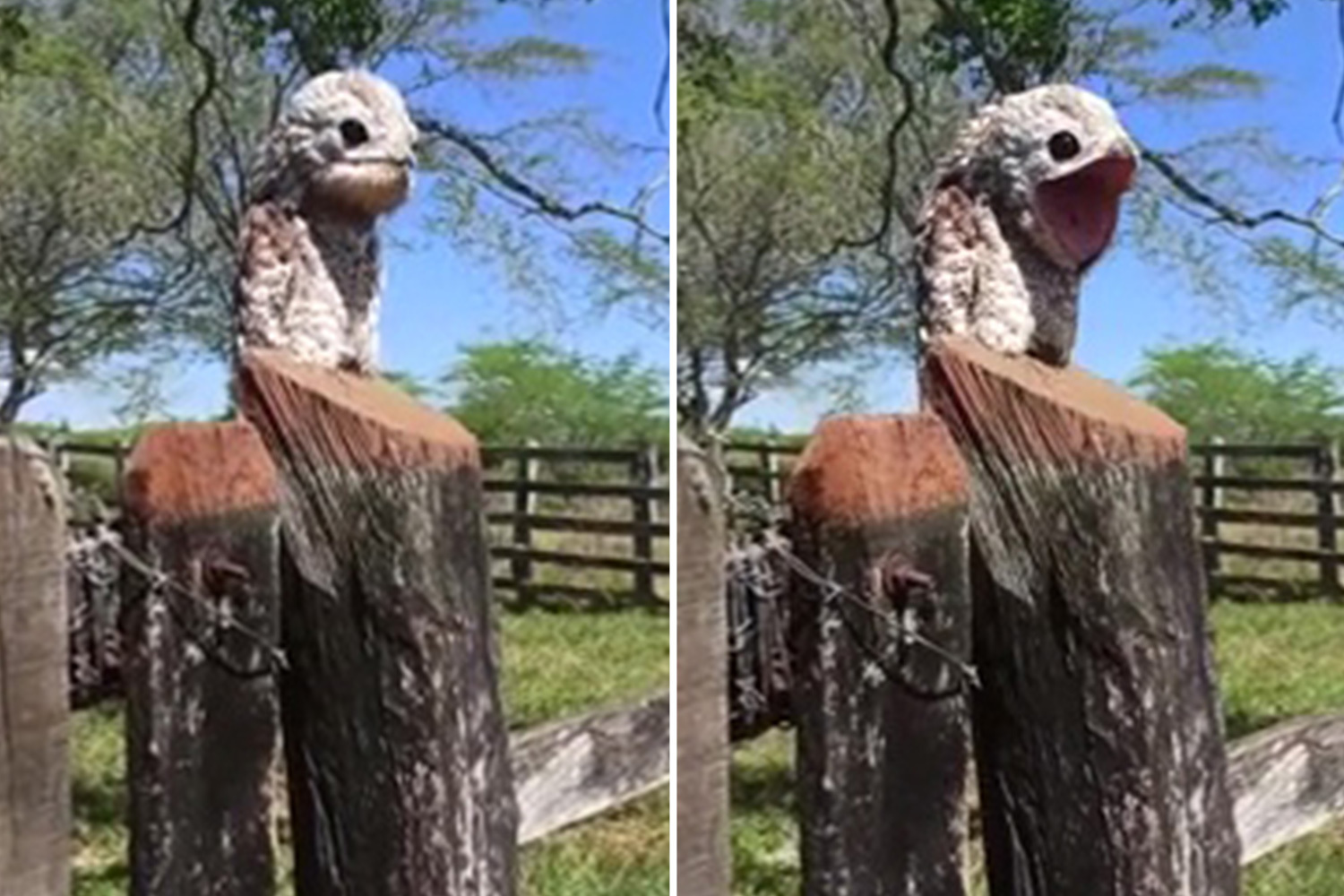


Many of those who have reported sightings or believe in the species’ survival are ornithologists and conservationists with extensive experience of New Zealand’s forests and fauna, she adds. “Some of the sightings and reports, you think – well, what else could it be?” No kõkako have been found yet, but Perkins remains hopeful. Samples have already been tested from two creeks near Reefton, with plans for more elsewhere. Most recently, the trust has worked with the same researchers who used environmental DNA testing to establish the biodiversity of Loch Ness (and, crucially, the absence of the monster). It has been planted in the Grey Valley, south of Reefton – a hotspot for reports. The search has been enhanced by tech, with artificial intelligence used to identify individual species from photos and sound recordings of possible habitat.įrom a speaker, solar panel, bike battery and smartphone (“a Heath Robinson get-up,” says Perkins), one trustee built a device that plays the call of the North Island bird at dawn and dusk, and records any response. Photograph: Tim Clayton - Corbis/Corbis/Getty Images

In 1967 there was a sighting of a South Island kōkako at Mount Aspiring. These are displayed in DOC-managed visitor centres and huts, rural shops and pubs, tramping and hunting clubs, and conservation groups. Its wild west-style posters show the South Island kõkako in profile, looking every bit a masked bandit beneath the woodcut font: “Wanted: Preferably alive”. Still without certainty, the trust has found sponsorship to offer a substantial reward: $10,000 (£5,122) for conclusive evidence that the bird exists. That led the Department of Conservation (DOC) to reclassify the species from extinct to “data deficient” in 2013, bringing new energy to the effort – but the government has so far declined to contribute funding. The most recent accepted sighting of a South Island kõkako was in 2007, near Reefton, and prior to that, at Mt Aspiring in 1967. Though many report having seen or heard the bird over the decades, as yet there has been no definitive proof. Today, the trust organises increasingly hi-tech field missions through the native forests of the South Island and Stewart Island, hoping to prove the species exists so that it might be conserved.


 0 kommentar(er)
0 kommentar(er)
